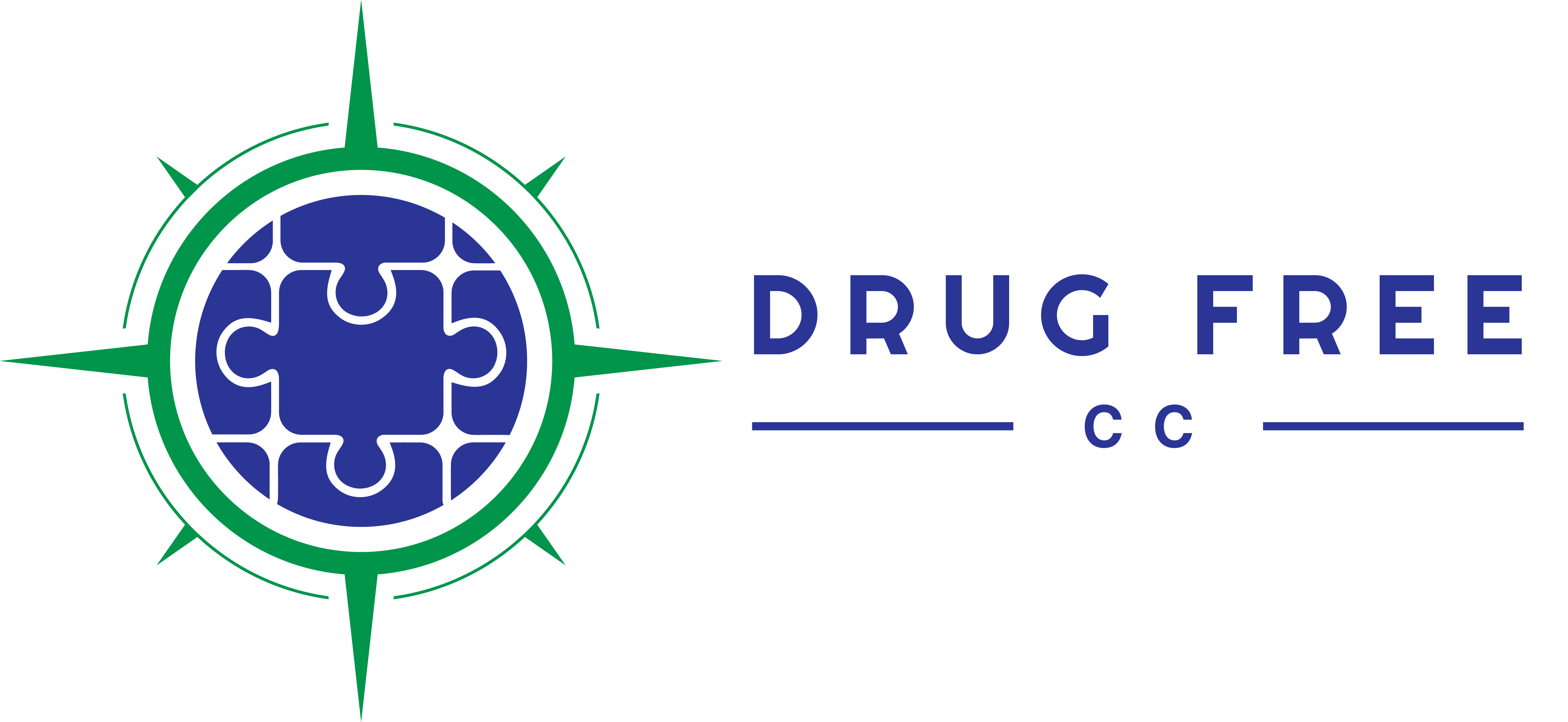DESIGNER DRUGS
Festival Culture And Drug Use
Musical festivals (Bonnaroo, Coachella, Burning Man, Lollapalooza, Electric Daisy Carnival, Stagecoach) have increased in popularity over the past decade, especially smaller 1-2 day festivals. Typical use at festivals are the stimulant drugs, mainly ecstasy and MDMA.
Not only is the consumption of these drugs dangerous but the additional factors at festival or rave settings play a huge role in making them more dangerous. Alcohol is typically used as well and can lead to the adverse effects of combining a stimulant (the drug) and a depressant (alcohol). Environmental factors like sun and heat also play a role.
Risks associated include:
- High body temperature
- Dehydration
- Extreme thirst
- Increased heart rate and blood pressure
- Visual and auditory hallucinations
https://www.latimes.com/local/california/la-me-rave-deaths-snap-htmlstory.html
What Is A Designer Drug?
A designer drug is a structural or functional analog of a controlled substance that has been designed to mimic the pharmacological effects of the original drug, while avoiding classification as illegal and/or detection in standard drug tests.
The term "designer drug" is often replaced with "party drug" as the term has evolved to include a wide variety of substances, including drugs that are associated with the party or rave scene.
The number of available designer drugs is constantly growing, and trends and patterns of use change over time. This poses a challenge to drug-regulatory authorities and can jeopardize public health. Designer drugs can generally be divided into the same categories as traditional drugs of abuse: stimulants, sedatives, dissociative, cannabinoids, and psychedelics. However, in contrast to traditional drugs of abuse, newly emerging drugs can remain undetected by routine drug screening, and information about associated adverse effects is limited.
These designer drugs are becoming especially dangerous with the addition of Fentanyl laced drugs on the market.
Source: NIH
Stimulants: Drugs that speed up the body's systems. They include both legal prescription drugs and illegal street drugs. Common examples: Cocaine, Meth, Ecstasy/MDMA, Adderall & ADHD medications, bath salts, flakka
Sedatives: Drugs that slow down the body's systems are used to help sleep, relieve anxiety, muscle spasms, and reduce seizures when used as prescribed. Common examples: Barbiturates, Benzodiazepines (Benzos), GHB & Rohypnol (date rape drugs), opioids, sleep inducing drugs (Ambien, Lunesta)
Dissociative: Drugs that make people feel disconnected from their bodies and environments. Common examples: ketamine, PCP
Cannabinoids: Drugs designed to mimic THC, the main psychoactive drug in marijuana - what gets people high. Common examples: spice, K2, Delta 8, Delta 9
Psychedelics: Drugs that influence the way the brain processes serotonin (happy modules) that bring out vivid visions and affect a person's sense of self (likes, dislikes, abilities, inhibitions, belief system, moral code). Common examples: LSD, DMT, psilocybin (magic mushrooms), mescaline
Source: DEA
Potential Side Effects Of Use
- Chills
- Increased blood pressure & heart rate (stimulants)
- Sweating
- Slurred speech
- Blurry vision
- Seeing or hearing things that are not real
- Loss of coordination
- Dizziness or fainting
- Feelings of depression or "the come down"
- Confusion
- Aggressive behavior
- Extreme heat or thirst
- Difficulty remembering things you’ve recently said or done
- Sleep problems
- Overdose
- Death
Signs Of Addiction
- Prioritizing "the party'" over responsibilities
- Atypical levels of intoxication
- Memory lapses
- Hallucinations
- Shaking
- Hyper-reactivity
- Recklessness, extreme risk taking
- Drastic personality changes
- Anxiety
- Depression
- Psychotic behavior
- Withdrawing from everyone except those they party with
Source: NIH
DFCC does not encourage the use of ANY illicit substance. As public health and social service agencies, we also do not treat drug use as a moral failing and prioritize the safety of all residents of Cleveland County through supporting harm reduction strategies:
Harm reduction strategies for designer drug use:
- Sanctuary spaces
- Peer education for what to be aware of and how to respond in case of emergency
- Naloxone in first aid kits
- Fentanyl testing strips
- Hydration stations
- Designated sober person
If you or a loved one are suffering from substance use, help is available. Click the help button below to find local resources.
